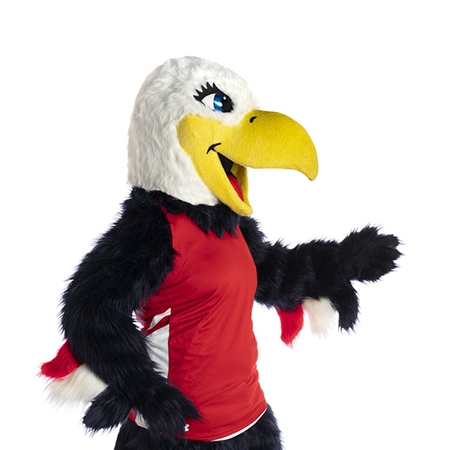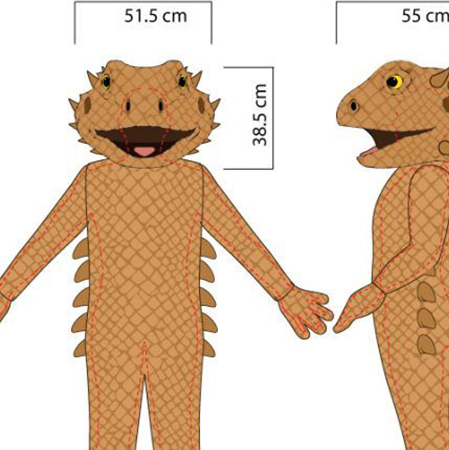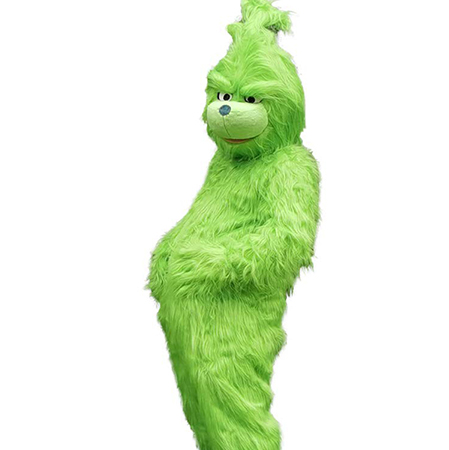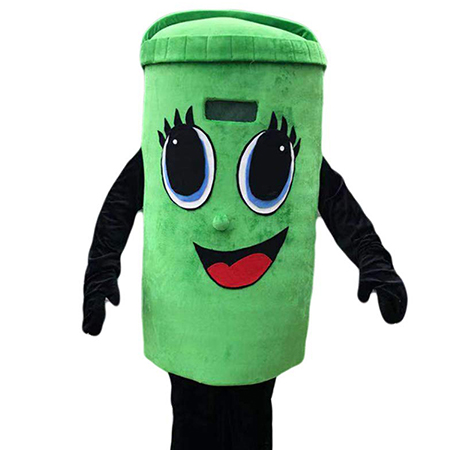Costume design is an intricate art form that breathes life into characters, whether they are for the stage, screen, or mascot events. Creating captivating costumes, particularly for mascot costumes, presents a unique set of challenges. Designers face a multitude of obstacles ranging from functionality to aesthetics, and overcoming these requires creativity, ingenuity, and meticulous attention to detail.
One of the foremost challenges in costume design lies in ensuring comfort. Mascot costumes often need to be worn for extended periods, sometimes even hours on end, during live performances or sports events. The costume must not only look good but also allow the performer to move freely. Breathable materials, ergonomic designs, and lightweight components play crucial roles in maintaining comfort without compromising on performance.

Another significant hurdle is durability. Mascot costumes endure rigorous use, including frequent washing and exposure to various weather conditions. Designers must select resilient fabrics and robust construction methods. Double stitching, reinforced seams, and high-quality zippers contribute to the longevity of the costumes, ensuring they can withstand the test of time and wear.
Aesthetic appeal is another critical aspect. A mascot costume needs to capture attention and convey the desired character or brand image instantly. Balancing visual impact with practicality requires careful consideration of color schemes, proportions, and embellishments. Using vibrant, eye-catching colors combined with thoughtful placement of logos or features can enhance recognition and engagement with the audience.

Additionally, budget constraints often present a considerable challenge. High-quality materials and craftsmanship come at a cost, and designers must find ways to achieve the desired look without exceeding financial limits. This might involve sourcing affordable alternatives, repurposing elements, or prioritizing key features that have the most significant impact while keeping costs in check.
Time management also plays a critical role in costume design. Tight schedules are common in the entertainment industry, leaving little room for lengthy design processes and alterations. Effective project management, clear communication with clients, and efficient workflow planning ensure that deadlines are met without sacrificing the quality of the final product.

Furthermore, customization is frequently required for mascot costumes. Each event or organization may have specific requests that need to be incorporated into the design. Whether it’s adding a unique feature, modifying proportions to fit a specific performer, or incorporating interactive elements, designers must be adaptable and resourceful to meet diverse requirements.
In conclusion, designing effective mascot costumes involves navigating a myriad of challenges. Ensuring comfort, durability, aesthetic appeal, and staying within budget are just a few of the hurdles designers must overcome. Additionally, managing tight schedules and accommodating customization requests add layers of complexity. By addressing these obstacles with creativity and precision, costume designers can create mascot costumes that truly stand out and delight audiences.

